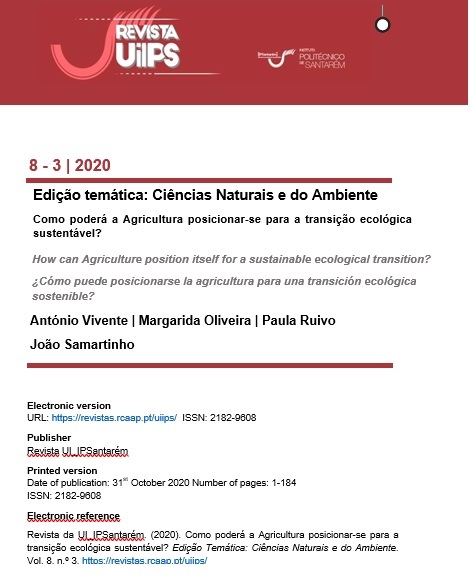Effect of glucose administration on mortality and growth of piglets from birth to weaning
DOI:
https://doi.org/10.25746/ruiips.v8.i3.21333Keywords:
glycoses 30%, hypoglycemic, intraperitoneal, piglet, weightAbstract
This study was conducted at the SMUR SA company associated with Aligrupo, located in Cartaxo, Santarém and consisted of an administration, by intraperitoneal administration, of a 30% Glucose solution, on the day of farrowing and a few hours later to several groups of piglets. 600 animals resulting from the birth of 45 sows were used and the following traits were evaluated: birth and weaning weight, mortality rate at 48 h of life and at weaning.
Productively, the average duration of lactation was 22 days, with piglets with an average birth weight (BW) of 1.42 kg and weaning weight of 5.06 kg. The average daily gain was 170 g and the average prolificacy was 15.54±3.14 piglets, from females with an average of 3.73±1.92 parturitions. We observed a slight superiority of the BW of males (1.46±0.03kg) compared to females (1.39±0.03kg). We determined that, for each increase of a piglet/litter, its BW was reduced by 41 grams. At weaning, the effect of glucose treatment and sex were not significantly different, with only a significant change in weight for the month of birth and number of parturitions. Regarding mortality, the administration of this solution is not justified since the groups subject to treatment did not present a mortality below the control, at weaning, despite being lower at 48 hours of life of the piglets.
Downloads
Published
How to Cite
Issue
Section
License
Authors publishing in this journal agree to the following terms:
Authors retain copyright and grant the journal the right of first publication, with the article simultaneously licensed under the Creative Commons Attribution License that allows sharing of the work with acknowledgement of authorship and initial publication in this journal.
Authors are permitted to enter into additional contracts separately for non-exclusive distribution of the version of the article published in this journal (e.g., publish in an institutional repository or as a book chapter), with acknowledgment of authorship and initial publication in this journal.
Authors have permission and are encouraged to publish and distribute their work online (e.g., in institutional repositories or on their personal webpage) at any point before or during the editorial process, as this may generate productive changes, as well as increase the impact and citation of the published work.



